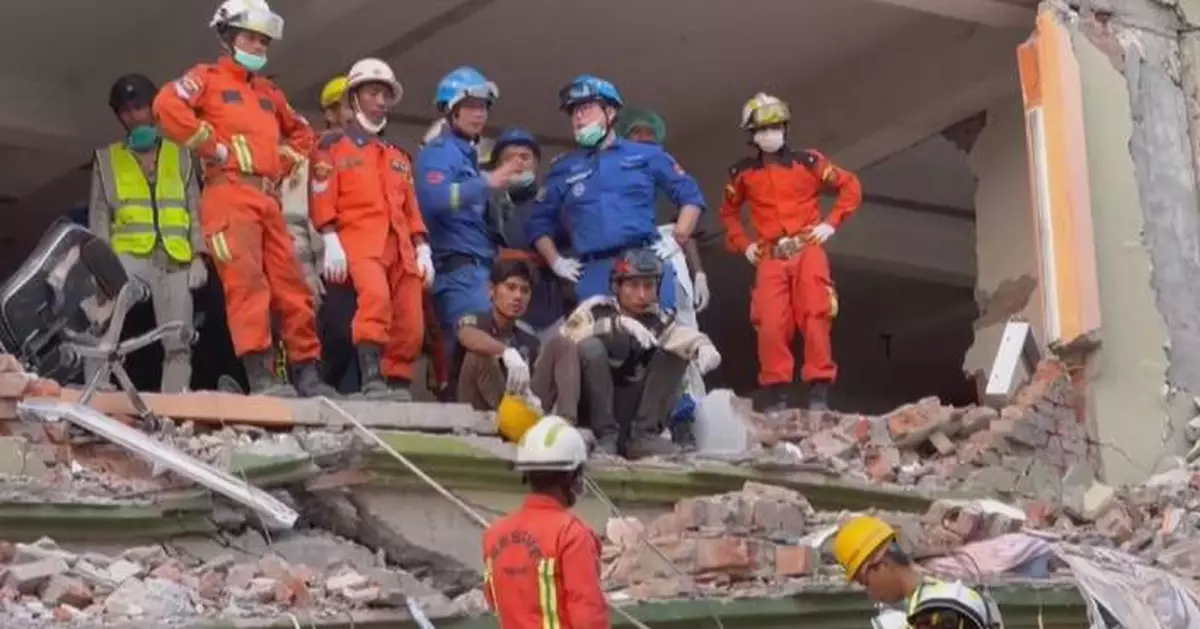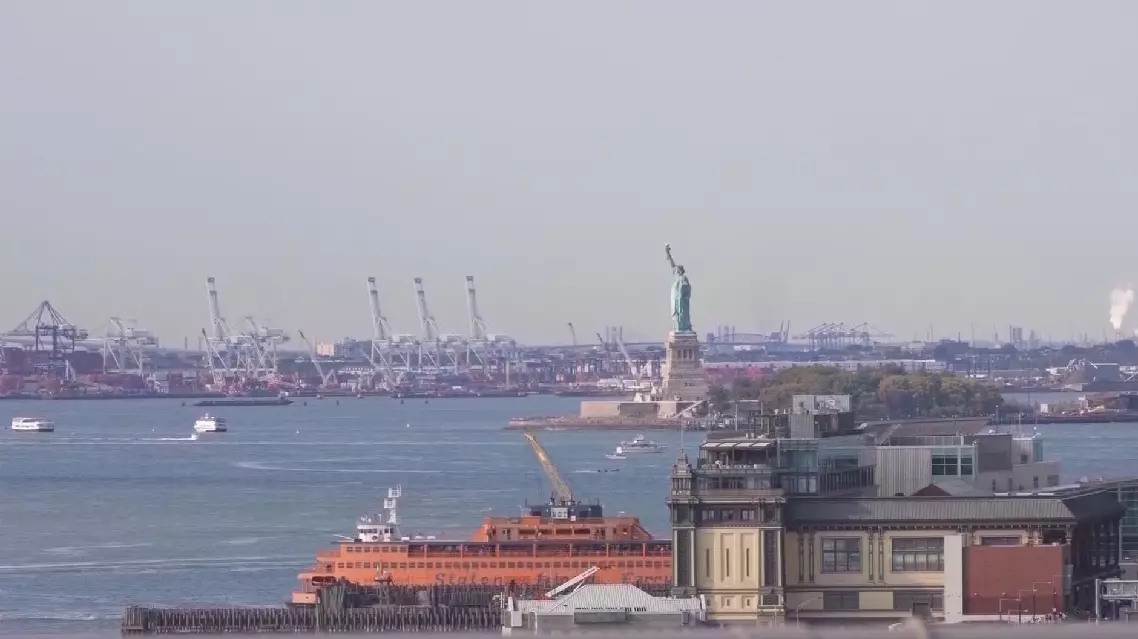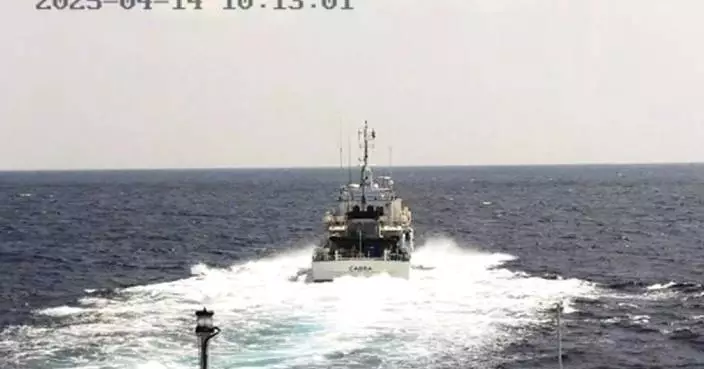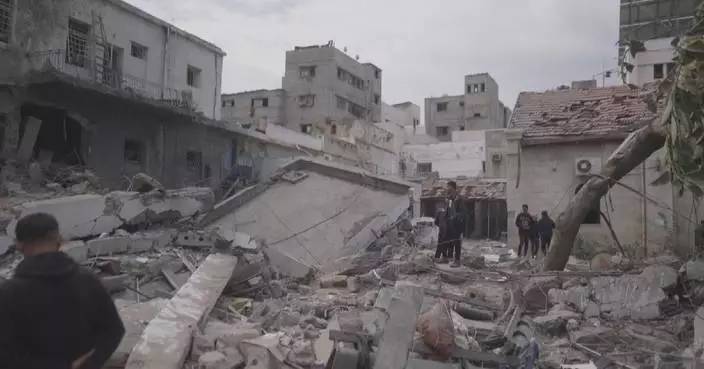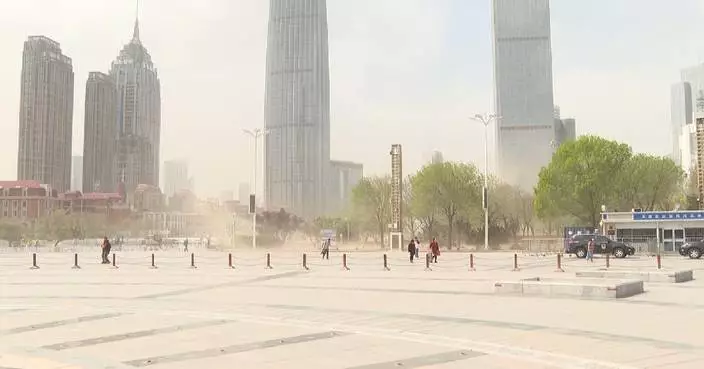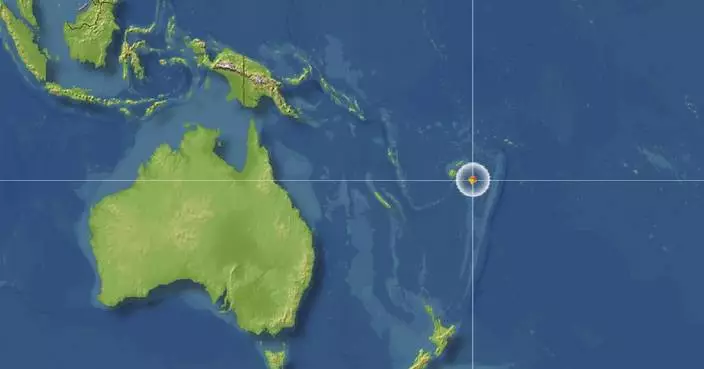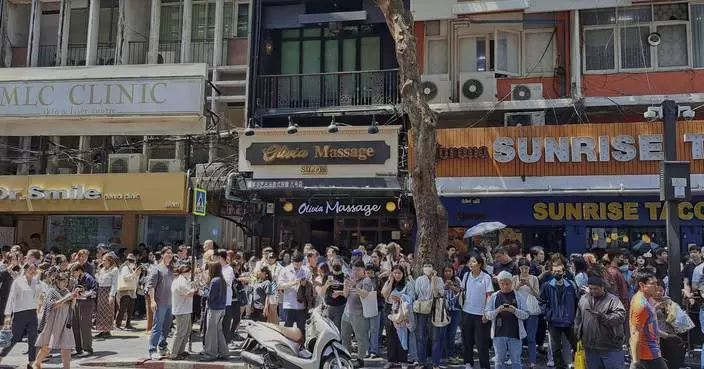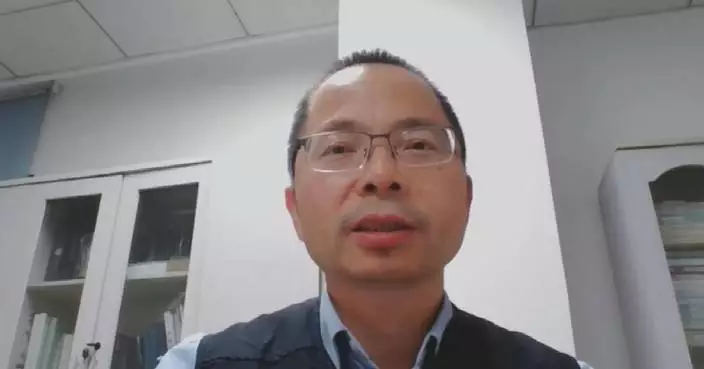A Chinese rescue team leader reported ongoing efforts in Myanmar after Friday's deadly earthquake, stressing that despite missing the 72-hour "golden window," operations persist with additional deployments planned.
The death toll from the 7.9-magnitude earthquake has risen to 3,301, with 4,792 people injured and 221 reported missing, the Myanmar Radio and Television reported on Friday.
In a race against time, the Blue Sky Rescue Team, a Chinese civil relief unit, has been tirelessly working on the ground to aid in the aftermath.
Commander-in-chief Qu Zhengquan reported on the team's progress, emphasizing their continued commitment to finding survivors despite the passing of 72 hours, and outlined plans for the next stage of rescue operations.
The first 72 hours after an earthquake are considered the "golden window" for locating victims buried alive under debris, as survival chances drop significantly without access to water after this period.
"Although 72 hours have passed, we have not completely given up and are conducting thorough and comprehensive search and rescue in areas where there may still be signs of life," Qu said.
Qu highlighted the team's progress, noting the establishment of the command center and the completion of assessments at 79 locations.
"The Blue Sky Rescue Team currently on-site has completed the basic structure and layout of the frontline command center, which includes communication systems, operational maps, and a detailed survey of all locations. To date, 79 locations have been assessed. We have also conducted thorough searches in areas with potential signs of life and deployed specialized equipment and personnel. This is the current progress of the work," Qu said.
He detailed the team's dual focus upon arrival, highlighting both the urgent need for life-saving efforts and the preparation required for the next stages of deployment.
"When we first arrived, our primary task was to assess the overall situation and immediately begin the first phase of rapid life-saving operations. During this phase, we also needed to prepare for subsequent deployments, since the disaster, a 7.9 magnitude earthquake, poses a severe test for the city and its buildings. There is still significant stacking collapse of buildings on-site. Therefore, the first mission of the advance team was to focus on life-saving efforts. At the same time, we needed to start planning for the next stages of deployment," Qu said.
"This is our command and information coordination hub, where we have gathered our understanding of the weather and on-site conditions. The most important task now is to identify our specific working areas for continued operations," he added.
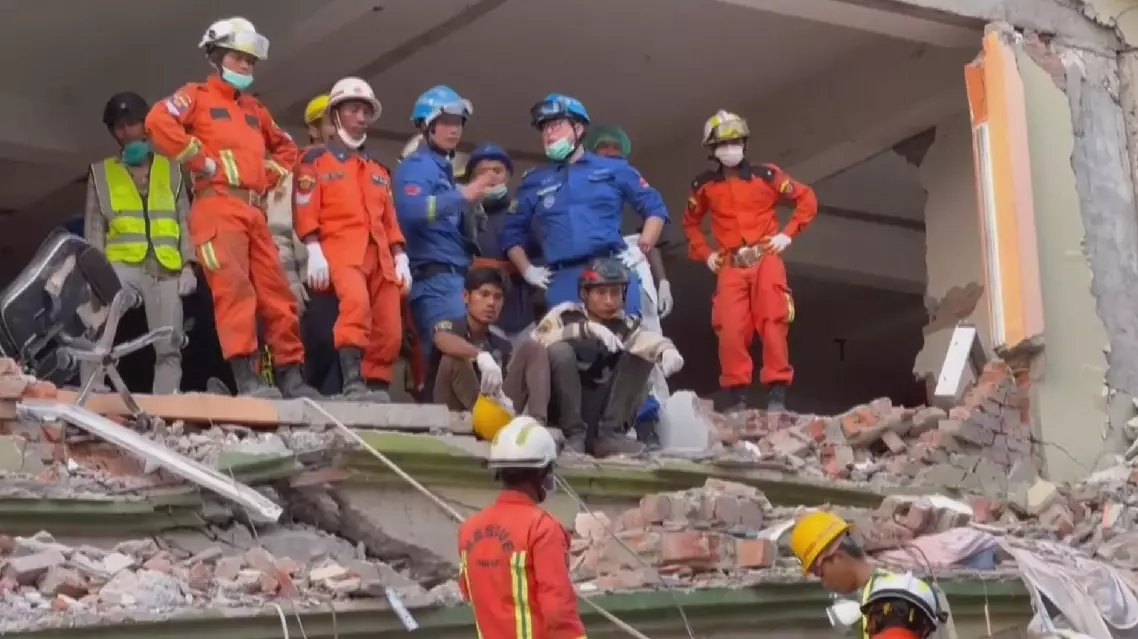
Chinese relief unit intensifies rescue efforts in Myanmar earthquake aftermath


